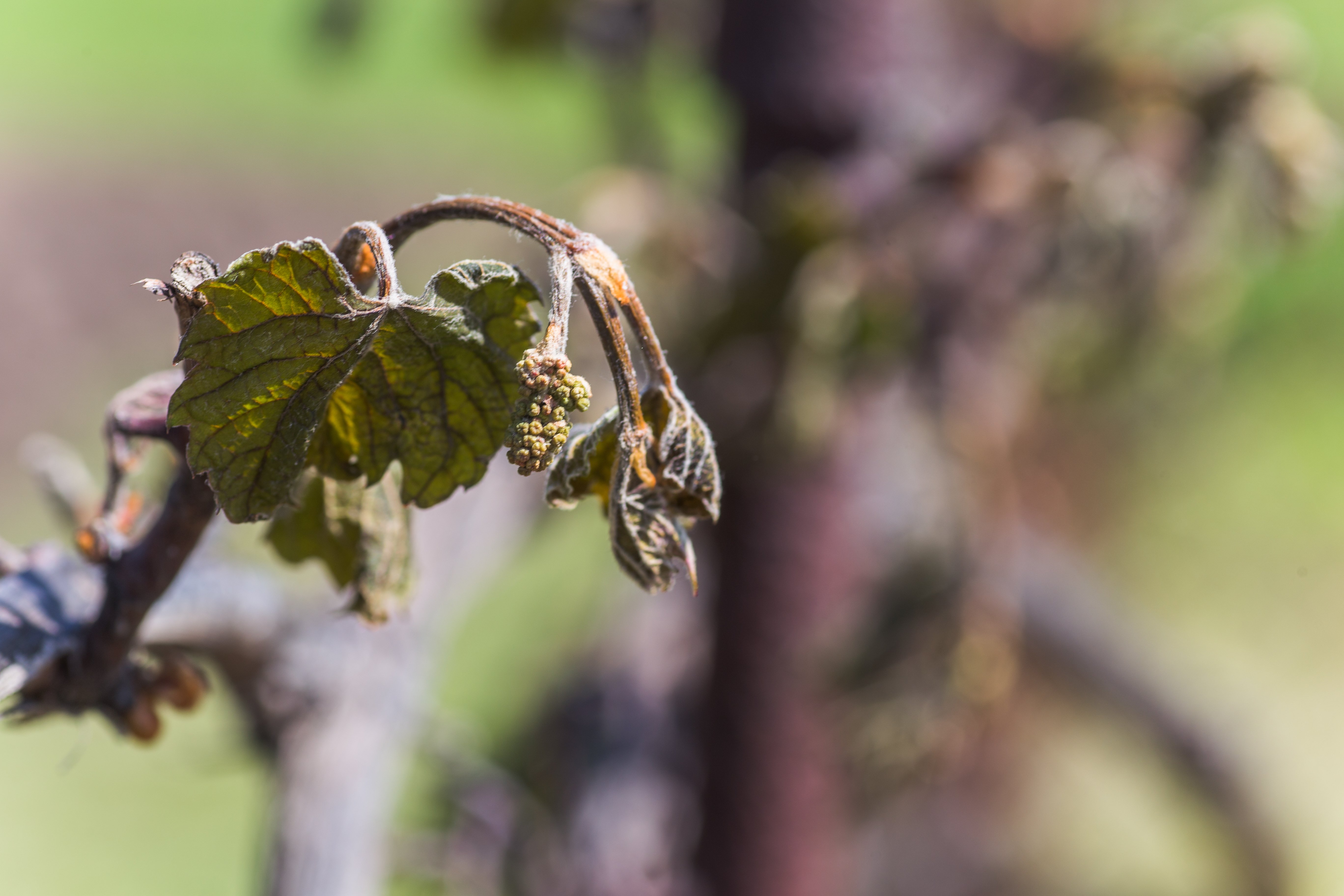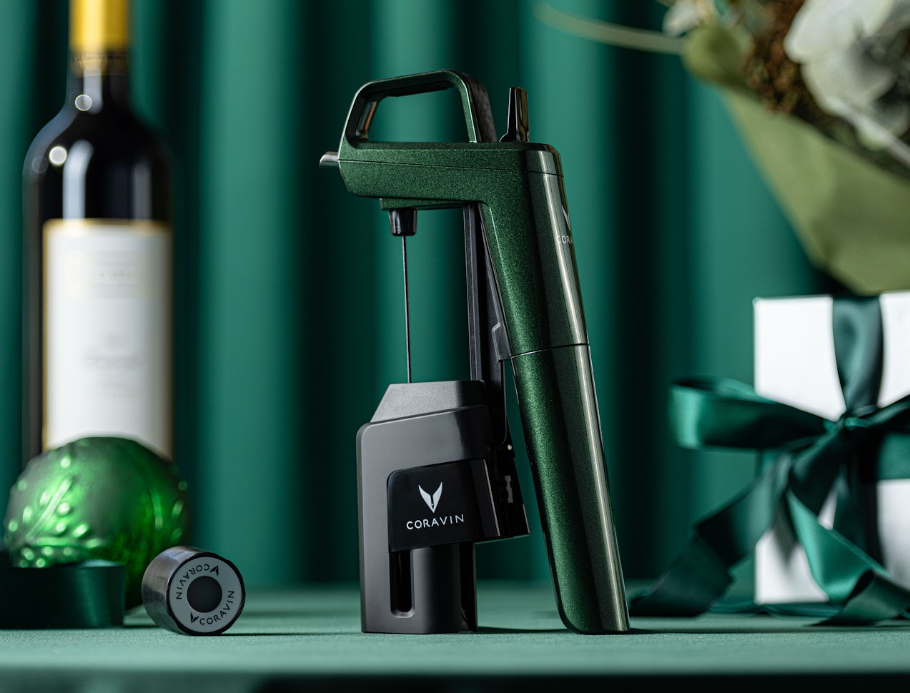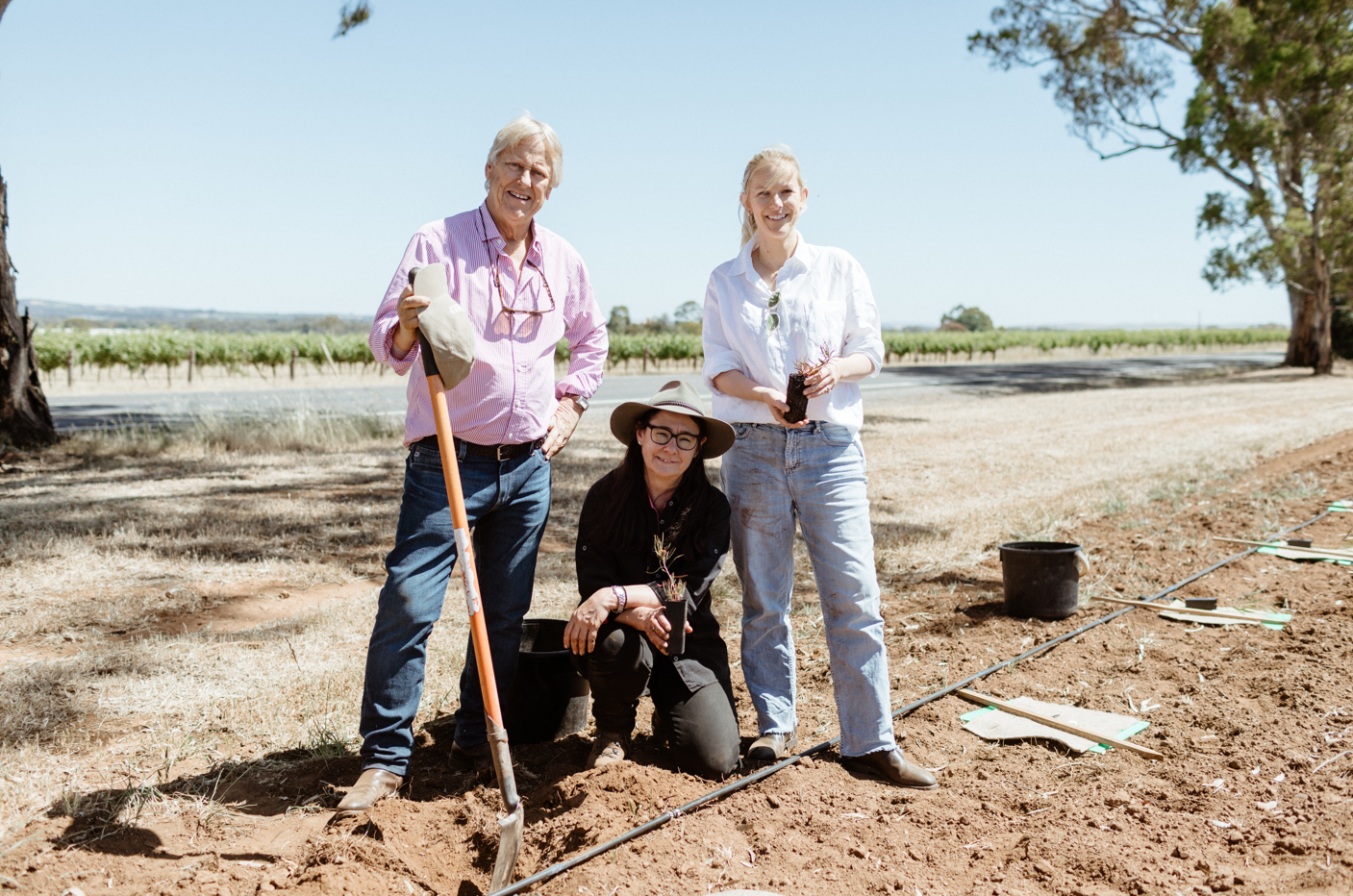Over the past few days, an abnormal cold snap has caused significant damage to Australia’s major wine growing regions across certain South Australia and NSW wine regions. The frosts, which peaked on Monday and Tuesday mornings, saw temperatures get as low as negative 4°C in the Barossa Valley and negative 3°C in the Riverina. On Tuesday at 5:40 am, the city of Adelaide recorded its coldest ever September temperature at negative 1.3°C.
In a social media statement, a spokesperson for Riverina Winegrape Growers said “the Riverina was decimated with minus 3 degree frost in the early hours… Damage reports have been coming in with total wipe outs of some blocks.”
Riverina, along with Riverland, are Australia's two major bulk wine producing regions, responsible for 18% and 31% of Vintage 2024's volume respectively. Both regions, however, have been affected to some extent by the current frosts. Adrian Hoffmann, a fifth-generation Riverland grapegrower, told the ABC on Monday that at least 20% of his crop had been destroyed by the September frosts.
"Unfortunately, it hasn't rained, it is very dry and we're going to be susceptible to frosts right up until the end of October unless we get some very good rain within the next week or so," he said to the ABC.
Similarly, Riverina Winegrape Growers have estimated that the overall damages caused by the September frosts could equate to up to 40% of its total volume produced last year.
“While it's too hard to estimate the total crop loss at this stage, it's likely to be more than 100,000 tonnes for the region. Making this the third year in a row where growers have battled significant weather events with losses of more than 100,000 tonnes.”
At 4:16pm yesterday, the Bureau of Meteorology issued its final frost warnings for the current cold spell.
“Frosts with temperatures down to -1 degrees are forecast for Wednesday morning in parts of the Riverland and Murraylands forecast districts,” read the warning.
“No further warnings will be issued for this event.”
Unfortunately, the Australian Wine Research Institute says there is little that can feasibly be done to improve yield in frost-damaged vineyards. According to its Frost management in vineyards 2017 Fact Sheet, “several studies have compared ‘no management’ with options such as removal of frost-damaged tissue back to healthy green tissue, pruning the original spurs back to one bud or pruning damaged shoots back to one bud. In most cases the researchers concluded that the ‘no management’ option was most economically viable because there was no significant yield advantage and all treatments incurred a cost.”
There are however various prevention methods available to winegrape growers, divided into passive and active methods.
“Passive methods rely on enhancement of solar energy input and retention of heat by soil, reduction of longwave radiation loss and reducing the period of this that vines are exposed to low temperature. These include site selection, soil management, trellis design, variety choice and pruning method/timing.
“Active methods require energy to reduce longwave radiation loss to the sky, or to directly warm the air near to the soil. These include sprinklers, air mixing, heating and foliar sprays.”
The news follows on from a period of ongoing and vocal economic struggle for winegrowing regions such as Riverland and Riverina, which has led to some grape growers looking to exit the industry altogether while various government initiatives have attempted to help ease the stresses caused by the current red wine grape glut.
In a recent interview with Drinks Trade, Riverland Wine's Independent Chair Darren Oemcke said “there is quite a significant oversupply of wine in Australia, and [this] particularly impacted the Riverland."
Clare Scriven, Minister for Primary Industries and Regional Development, added: “The diversification by some growers away from wine to other crops [will be] a key element to [its recovery], especially in the Riverland, which is why we are making this investment now.”
Share the content










